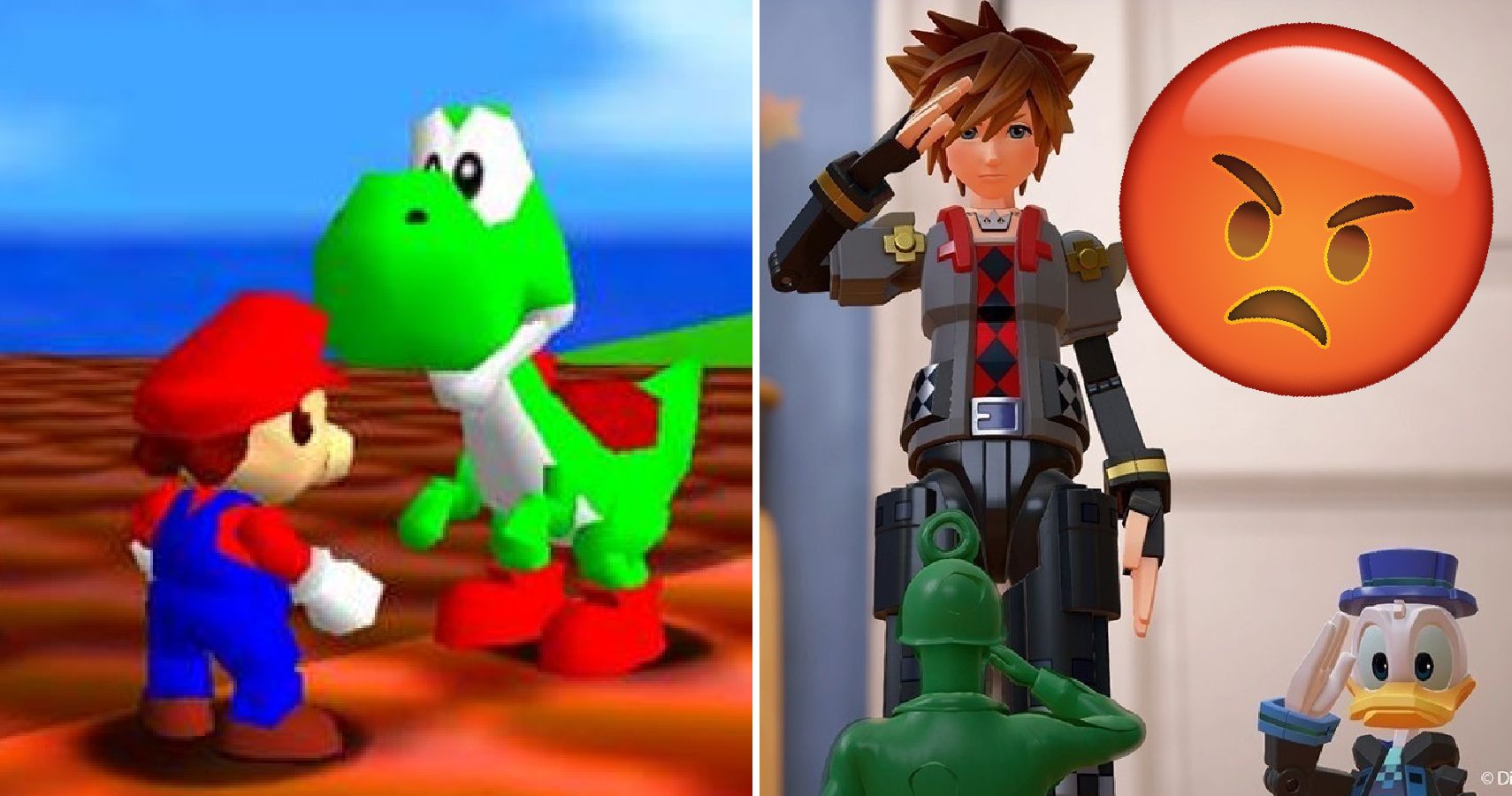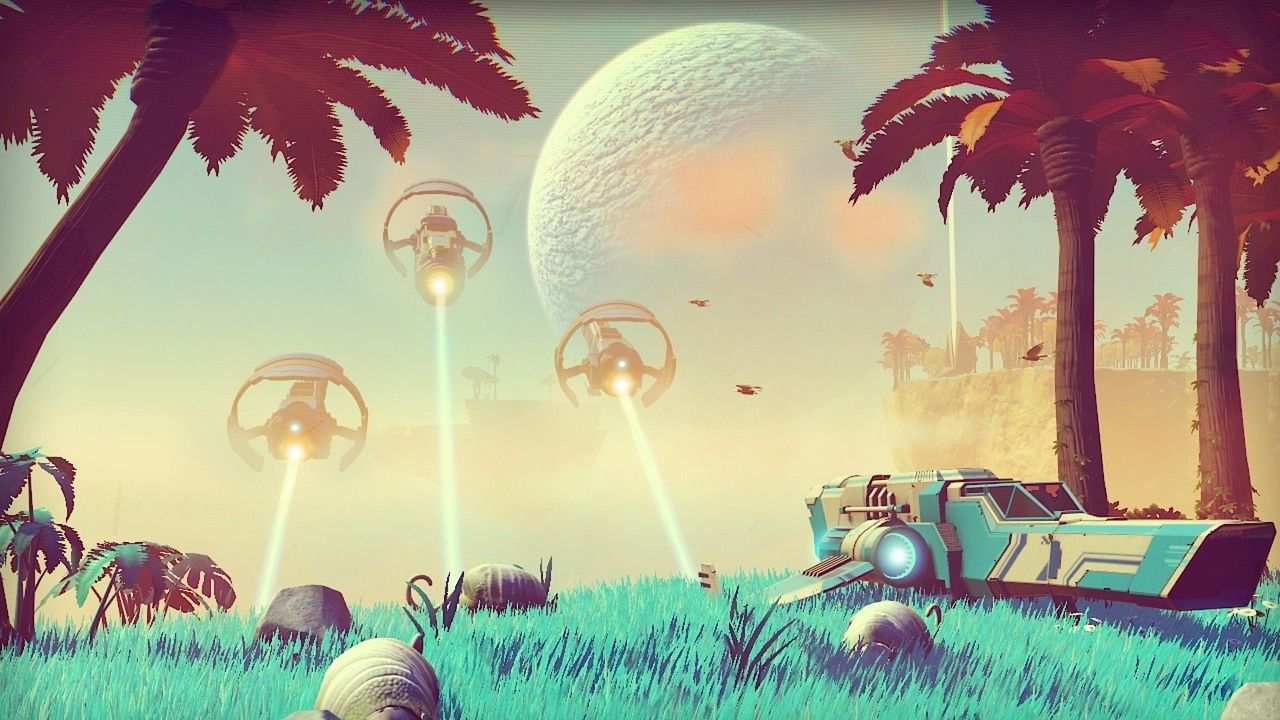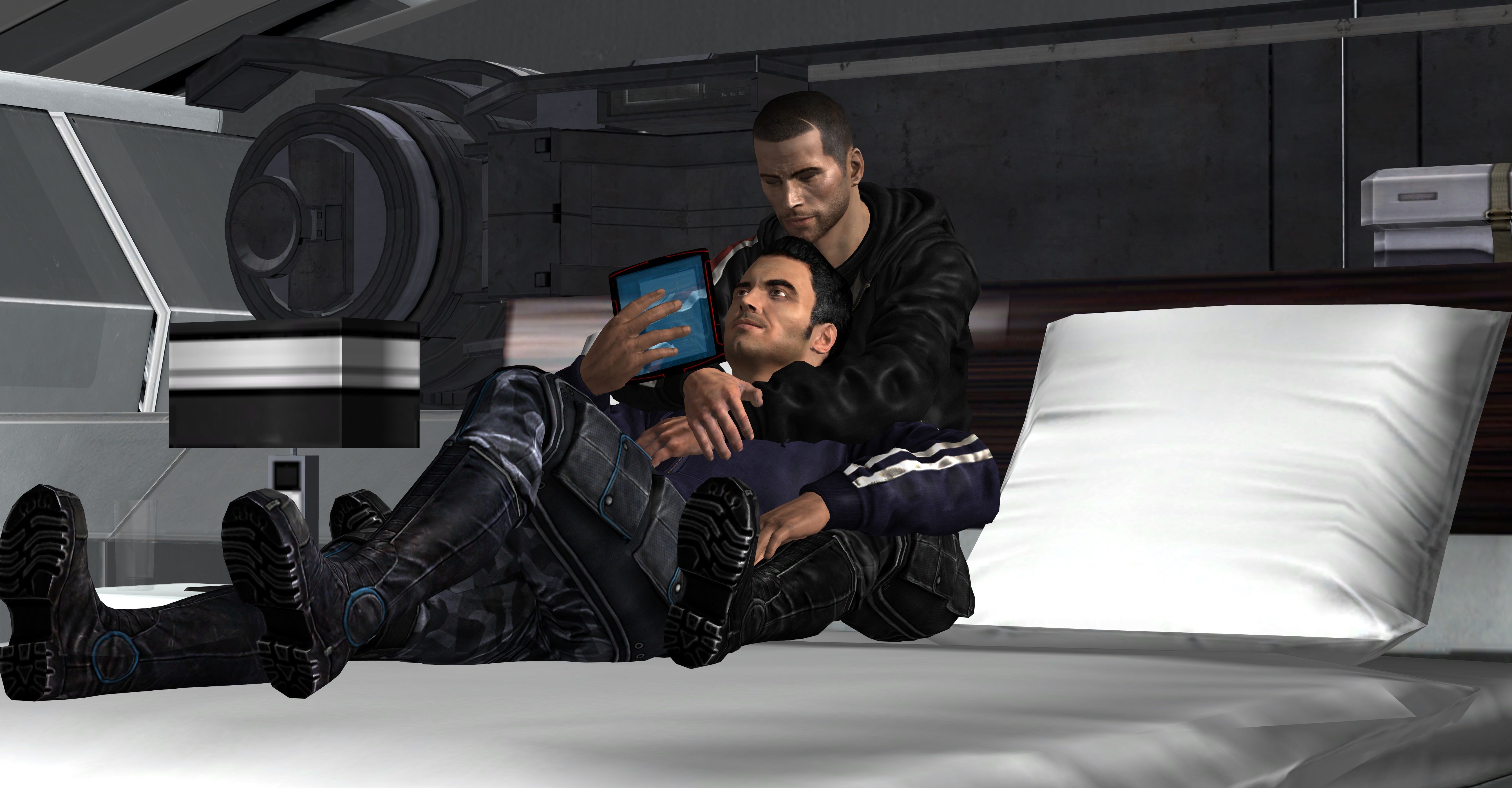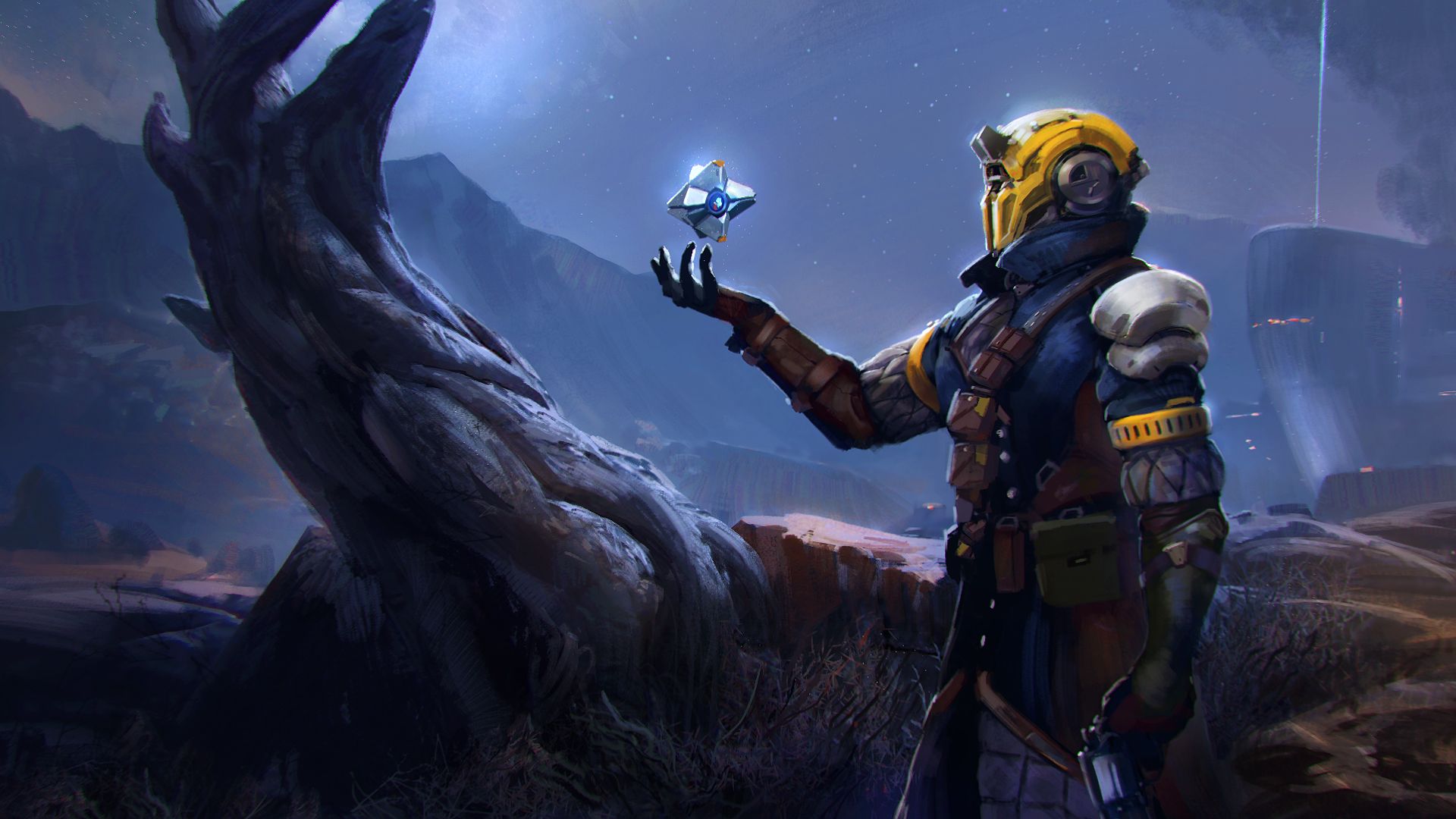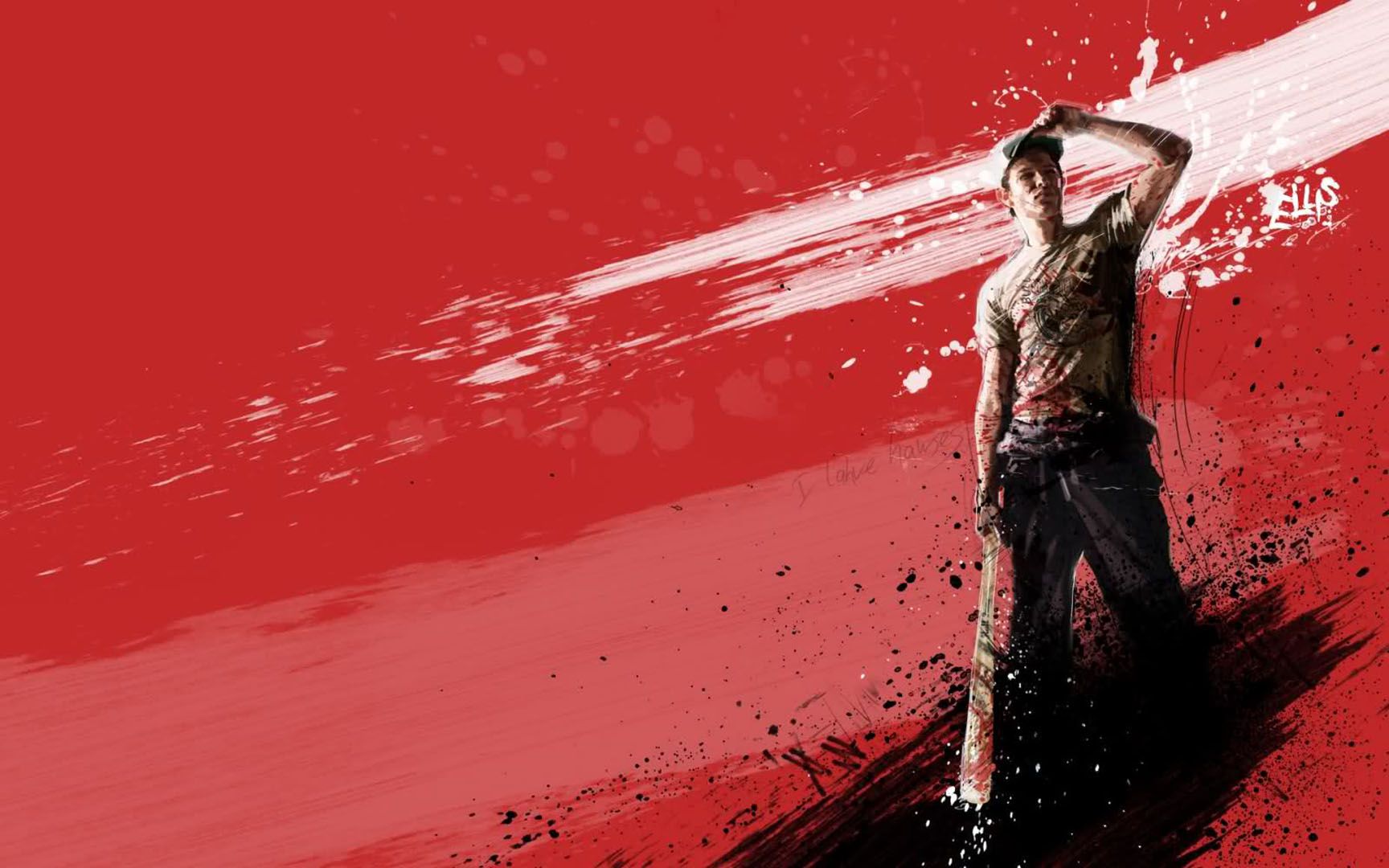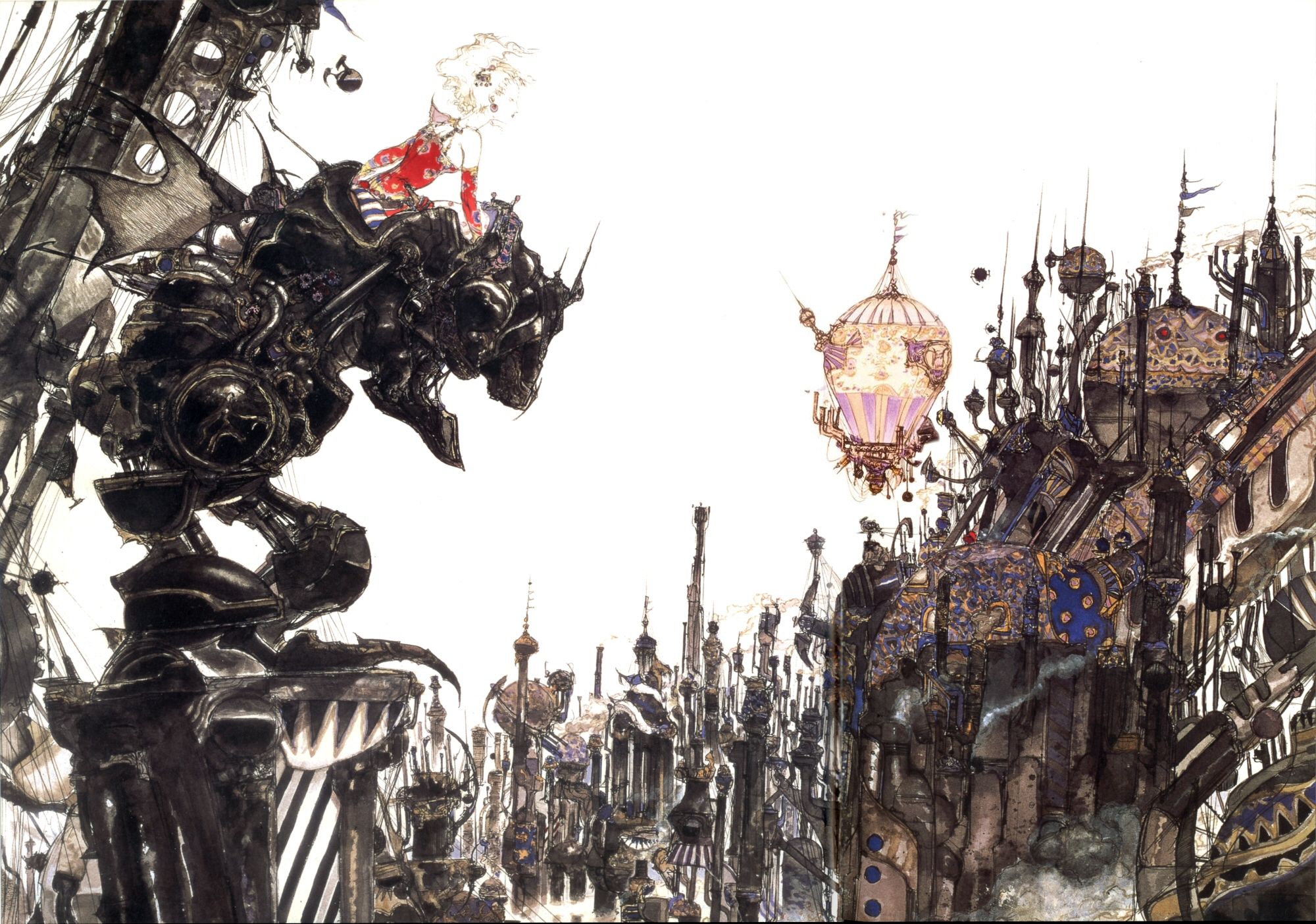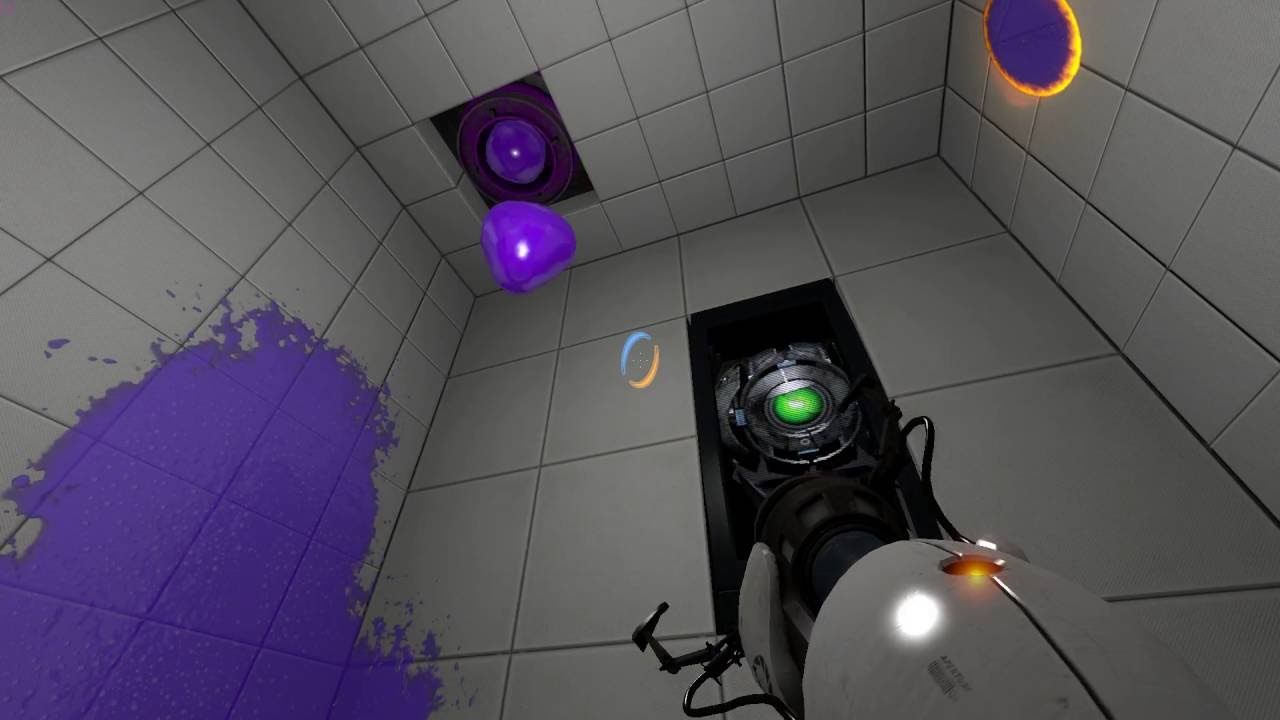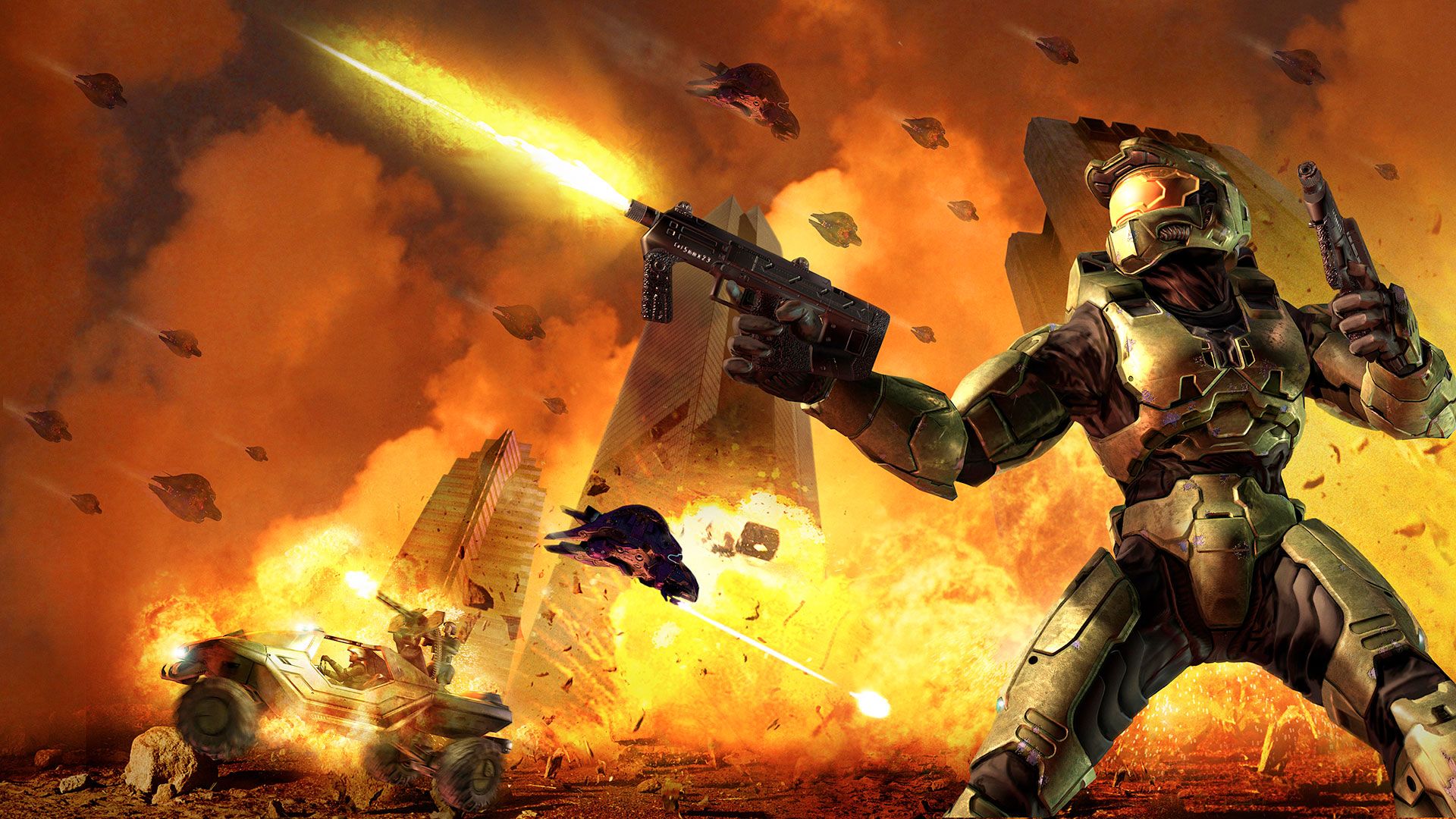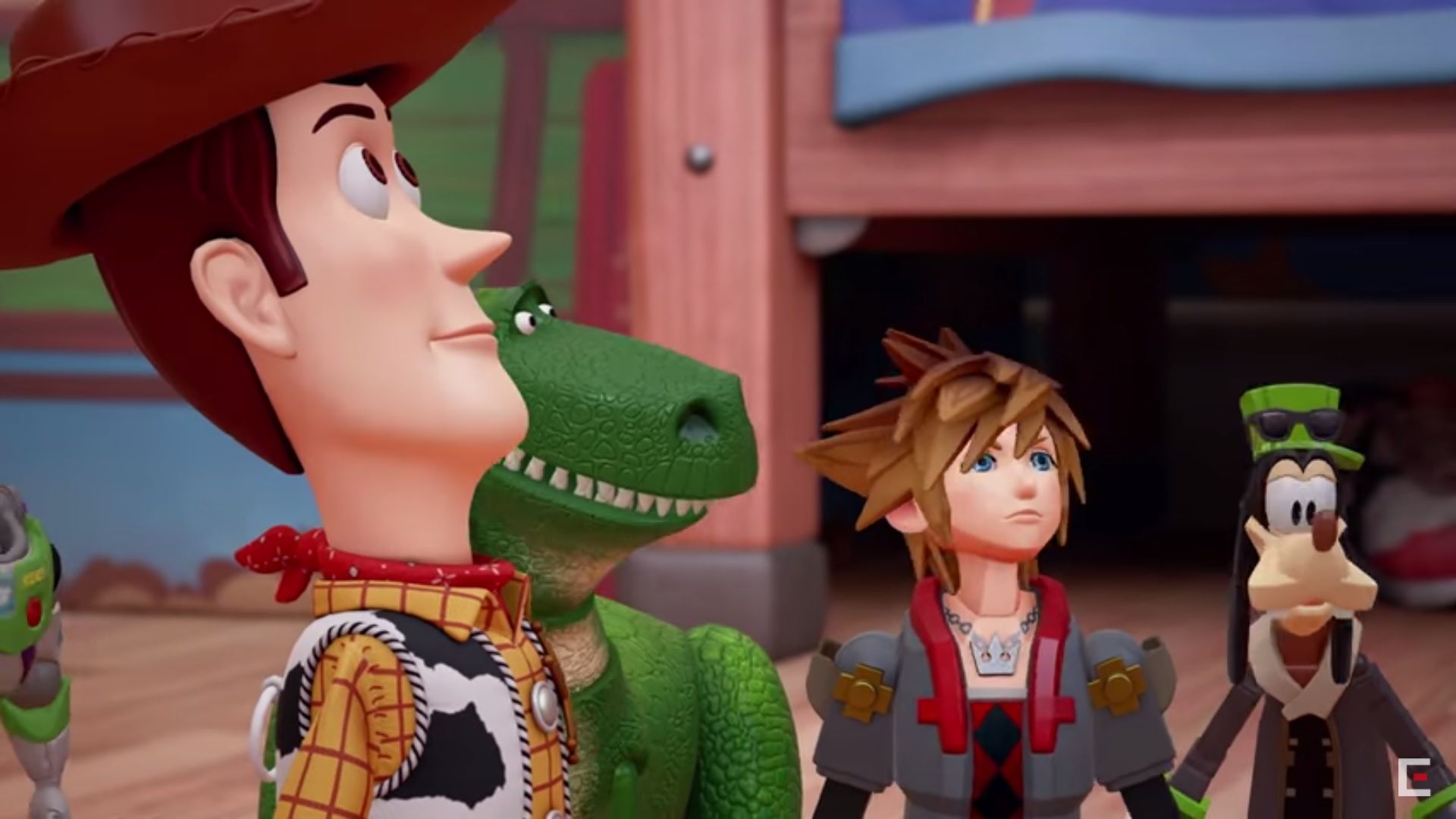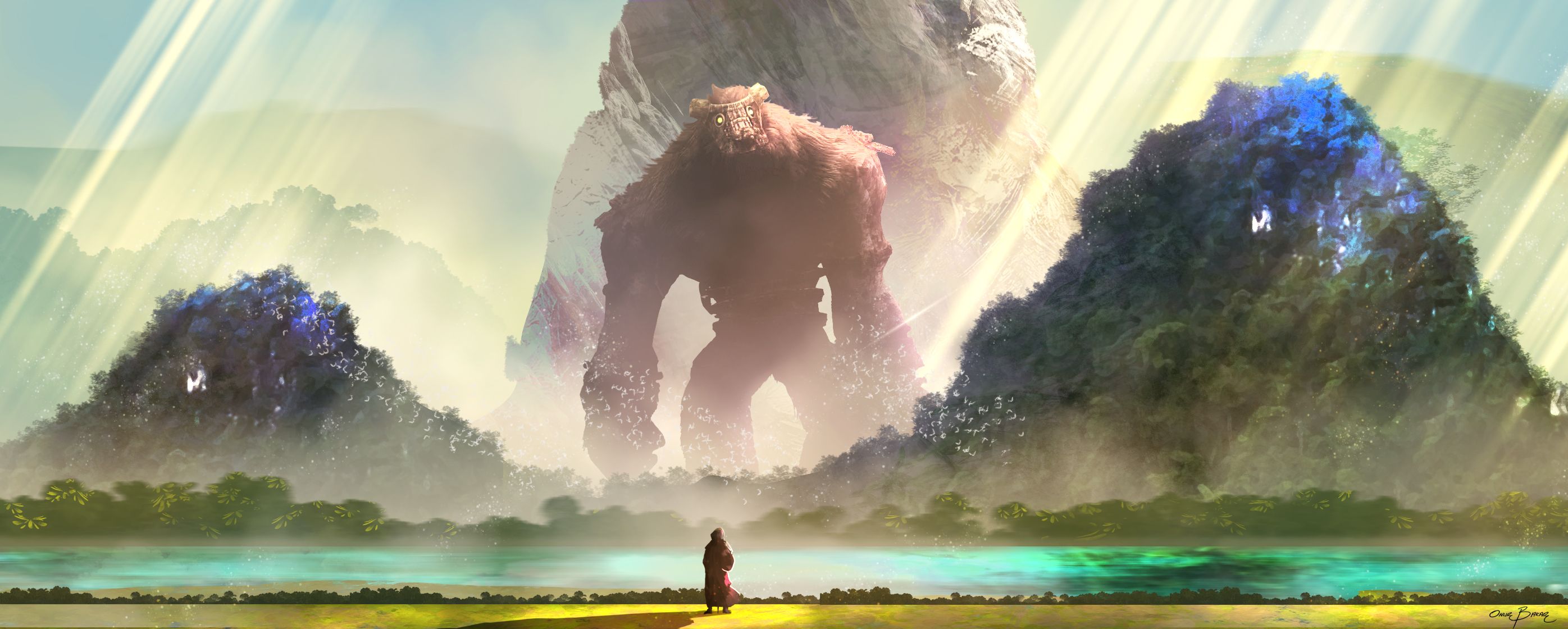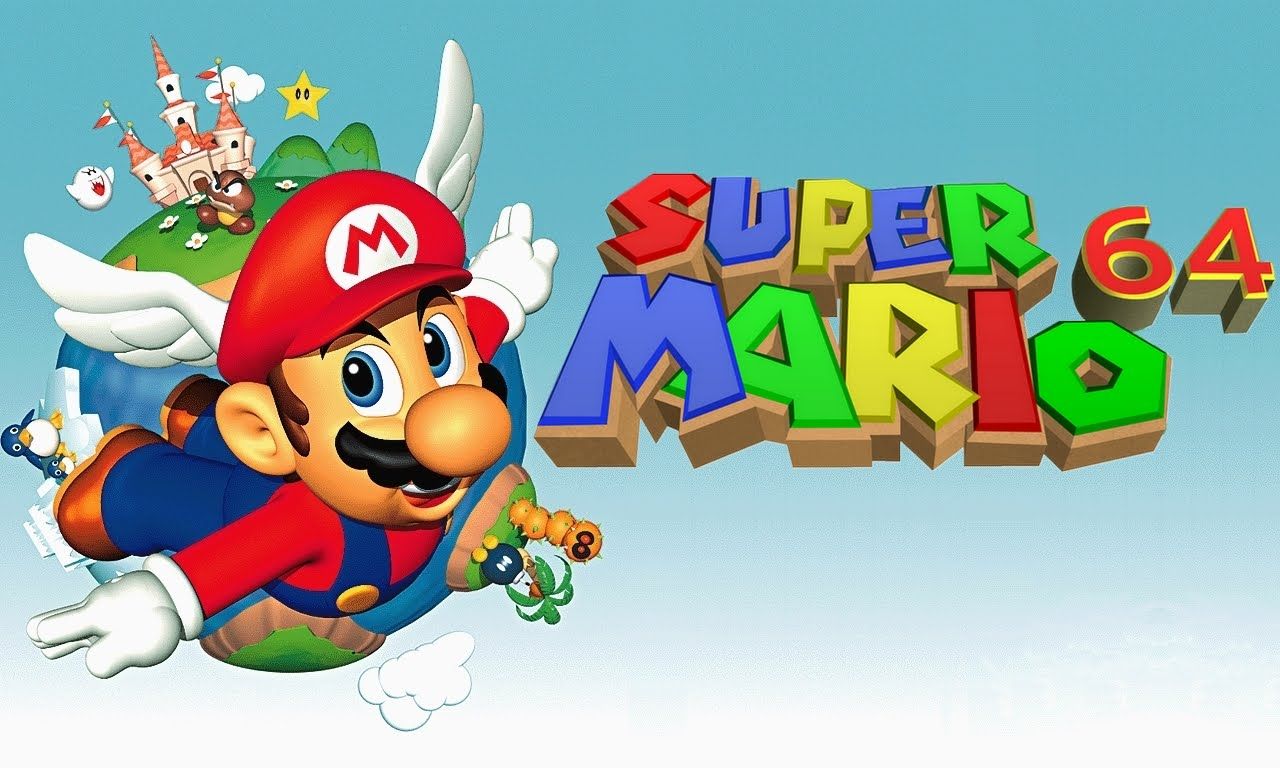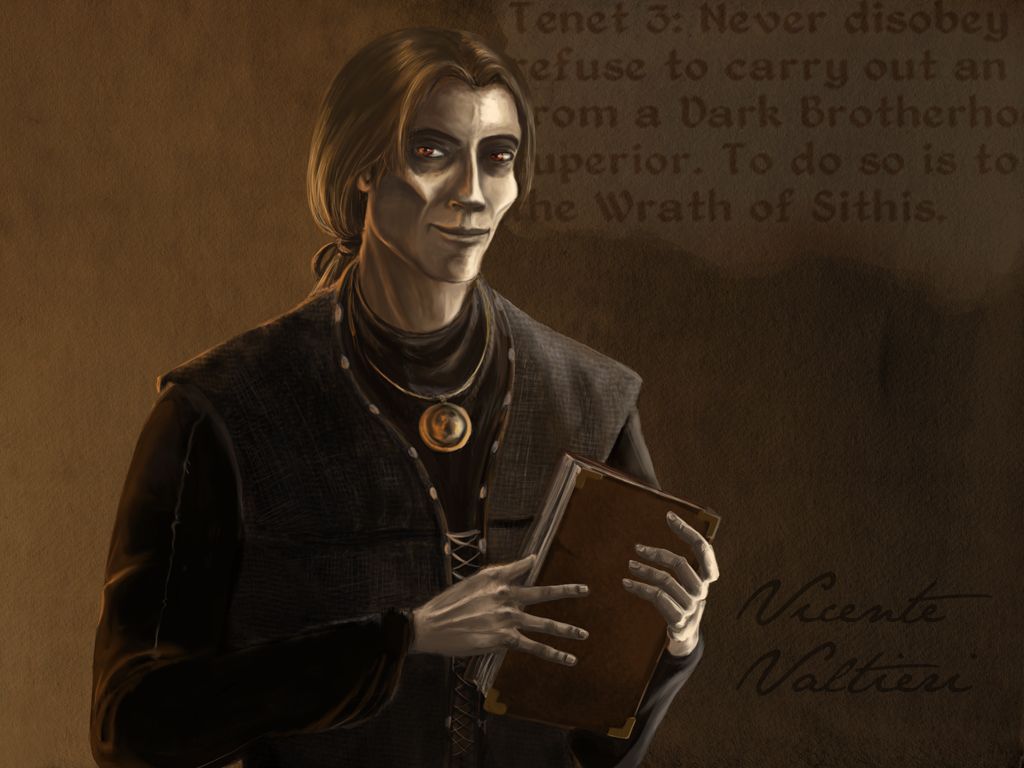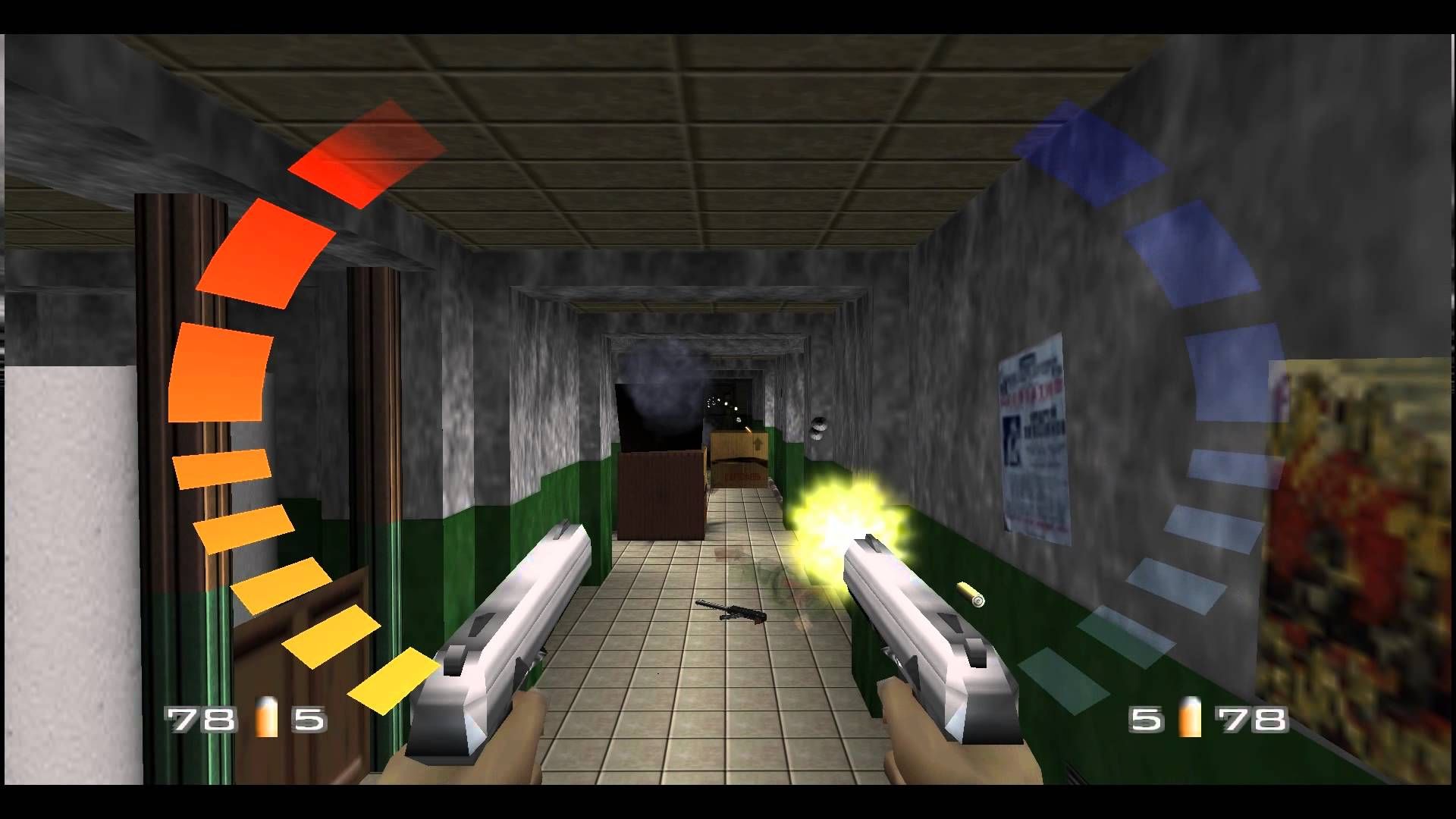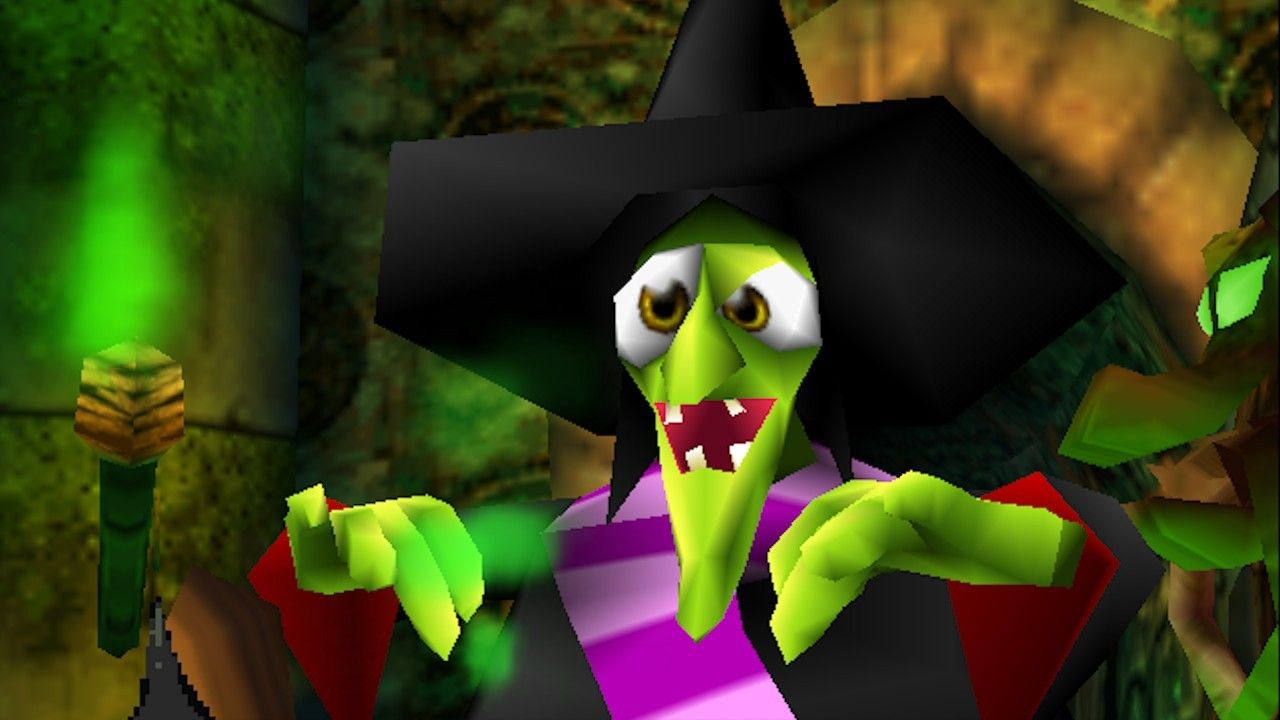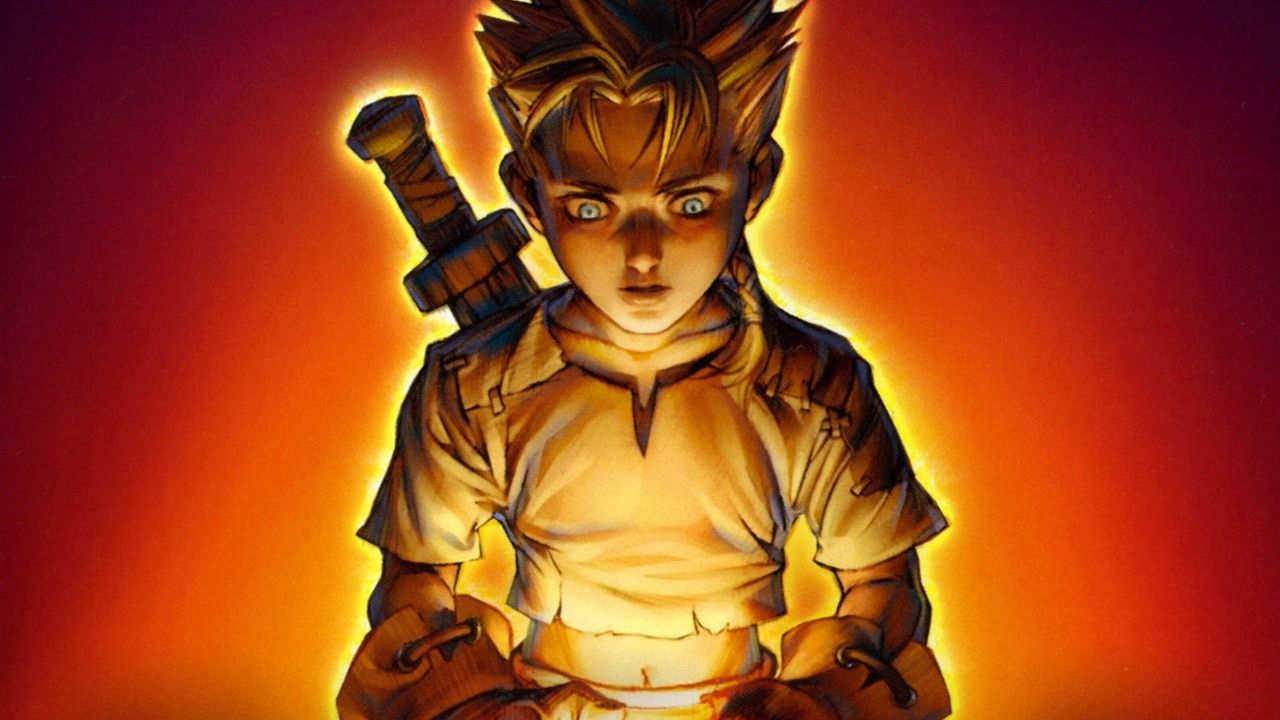If one thing’s for certain, it’s that anyone who has been in the gaming club for long enough has learned to live with disappointment. Great games with awesome features go public every year, but some of them will eventually join the vaporware cloud. Others will wind up stripped of everything players were looking forward to, victims of the developers’ scope-creep and its inevitable solution.
Whenever this happens, you’re bound to hear gamers mourn what could have been for years to come. We remember when Half-Life 3 seemed like a real possibility, for crying out loud, and every so often, we’re reminded of the fact that it could maybe, just maybe happen for us. That excitement, the excitement for any long-awaited game like Half-Life 3, turns to a heap of bitterness after every false start. Gamers are a salty bunch, especially when it comes to the games they’ve spent years pining for.
It’s one thing for a video game to be back-burnered or canceled outright. But when a game makes it to market, but turns up missing a few of the features it was touted to have, a whole different set of emotions comes into play. The release may be good, great even, but the thick, cloudy specter of what might have been hovers over it, follows it through every awards ceremony and critical failure. No matter how well or how poorly a video game performs, it will never escape the shadow of whatever features were abandoned or deleted during development.
Check out the 15 awesome things that were deleted from your favorite games below, and share your favorite abandoned video-game features in the comments!
15 Multiplayer (No Man's Sky)
Despite being one of the most-anticipated PC releases in recent memory, No Man’s Sky launched in 2016 to mixed reception from critics and players alike. Most of the arguments against the game hinged on the differences between what gamers believed Hello Games had promised and what the studio delivered.
One of the biggest bones of contention was the lack of multiplayer functionality in No Man’s Sky, and while Hello Games CEO Sean Murray never confirmed the inclusion of co-operative or competitive play in the game, he never debunked expectant fans’ suspicions either. Whether or not multiplayer was ever on the table for No Man’s Sky remains undetermined. Hello Games began to make strides toward including player interactions less than one year after the space-exploration title’s release, but the stench of unfulfilled expectations still wafts off of it.
14 Gay Romance (Mass Effect & Mass Effect 2)
Nearly ten years after Mass Effect blasted onto the scene, fans discovered that the BioWare RPG was originally meant to include same-sex romance options for Commander Shepard. As released, the first game in the series allows for heterosexual relationships with Shepard’s human companions, and for Shepards of either sex to forge a relationship with asari shipmate Liara. But the audio files that players uncovered revealed that Mass Effect developers intended to give players the opportunity to initiate romances with human crew-members of the same sex. Additionally, found files from Mass Effect 2 show that BioWare devs planned for Shepard to be able to entice Tali and Thane, regardless of the Commander’s sex. For some reason, though, these options were not implemented in the final games, and same-sex romances would not show up in the Mass Effect franchise until the release of Mass Effect 3 in 2012.
13 An Amazing Story (Destiny)
When Bungie finally delivered Destiny, its ambitious RPG-shooter, after years of development, fans expected . . . something more. For an RPG, Destiny certainly didn’t have much in the way of a story, and the dialogue seemed stilted — poorly written and badly directed. Where was the game Bungie had promised gamers for so long?
As it turned out, the year before Destiny launched, Bungie fired the writing team that had worked for years to create a new IP for the famed Halo developers. Characters and plotlines were scrapped entirely, and the vast majority of the backstory that had been written for the game was relegated to “Grimoire Cards”: unlockable bits of lore that were only accessible on Bungie’s website. Destiny had — has, in fact — an intricate and glorious, Lovecraftian adventure of a story, but Bungie separated it from the game entirely.
12 The Baseball Bat (Left 4 Dead)
When Left 4 Dead 2 launched in 2009, it came with one heck of a pre-order bonus: a baseball bat. The sequel to Valve’s 2008 zombie-slayer introduced melee-weapon combat into the mix, a far cry from the simple shoving mechanic its predecessor offered. But Valve had originally intended for Left 4 Dead to include a baseball bat weapon, as shown by an internal memo from 2006, which stated that the developers had removed the baseball bat from the game’s code.
Melee weapons made such a splash for Left 4 Dead 2 that it’s difficult to imagine what the series would have been like, had the baseball bat not been deleted from the first installment. No one is questioning Left 4 Dead’s bonafides, but once you know about the deleted baseball bat, you just have to wonder…
11 CzarDragon (Final Fantasy VI)
Final Fantasy VI features eight legendary dragons who must be defeated if the player wishes to obtain the Crusader magicite. The Super NES title originally contained a ninth superboss, known as CzarDragon, who would be accessible only after Terra and the gang defeated his eight buddies. Development on CzarDragon ran long enough that the developers translated some of his combat dialogue into English before he was dummied out.
Twelve years later, the long-awaited Game Boy Advance port, Final Fantasy VI Advance, revived CzarDragon — now known as Kaiser Dragon — and placed him in the Dragon’s Den, where players could only face him after defeating each of the eight legendary dragons twice. Defeating the superboss is the only way to obtain Diabolos, an esper that — like CzarDragon — was not included in the original Super NES game.
10 Adhesion Gel (Portal 2)
Portal 2 upped the ante on the original game’s wormhole-riddled gameplay by adding a variety of Gels that could be placed on surfaces to create new and interesting effects. Three Gels — Repulsion, Propulsion, and Conversion — made it into the final game, but a fourth, the Adhesion Gel, never made it past playtesting.
Adhesion Gel would have allowed players to walk on the walls and ceilings of Aperture Test Chambers, but game-testers found it too disorienting. Thinking with Portals is difficult enough without the added complication of forgetting which way is up, and videos of the Adhesion Gel in use show that transitions from one surface to another were rather jarring. Ultimately, Adhesion Gel never made it to market, and was replaced in the Portal 2 Author Tools by Reflection Gel, which is also unused within the game proper.
9 Rude Gestures (Halo 2)
Remember when you could dual-wield Needlers? Yeah, those were the days. Remember when you could make Master Chief flip double birds by trying to sprint while dual-wielding? Yeah, me neither. Halo: Reach brought the sprint function to the franchise, but developers had toyed with allowing the Spartans to sprint as early as Halo 2.
The mere existence of a sprint feature in the multiplayer-centric Halo 2 would be interesting enough, but Bungie developers added an extra bit of flair to Master Chief’s newfound speed. See, Chief couldn’t sprint while dual-wielding, presumably as a balancing measure to prevent the aforementioned Needlers from being too overpowered in multiplayer combat. If a player attempted to sprint while carrying two weapons, Chief would drop them and flip two birds before returning to the fight.
Well, at least it’s better than tea-bagging.
8 Toy Story Summons (Kingdom Hearts II)
In 2009, gamers discovered untextured models for Woody and Buzz hidden among the Kingdom Hearts 2 Summons. Fans speculated that bad blood between Disney and Pixar was behind the characters’ exclusion from the final game. The nature of Square’s planned Buzz and Woody Summon remains a mystery today.
Years later, during Summer 2017, Disney revealed that Toy Story would be the first Pixar world to join the Kingdom Hearts franchise, with Woody, Buzz, and the rest lending Sora, Donald, and Goofy a helping hand in Kingdom Hearts 3. Andy’s toys looked truly amazing, as did the Darkness-fighting trio’s new Mattelified forms, but the graphics weren’t what made the announcement spectacular. Instead, it was the long-awaited inclusion of Toy Story’s lovable band of characters that made headlines.
7 More Colossi (Shadow Of The Colossus)
Shadow of the Colossus shook foundations when it launched in 2005, providing gamers with an action-adventure game full of boss fights and nothing else. Players fought their way across the PlayStation 2 title’s gorgeous landscape, mowing down sixteen colossi as part of their quest to revive Mono. That wasn’t enough for some gamers, who swore that there was a seventeenth colossus hidden somewhere in the game. It has never been found, but that doesn’t mean it was never there to begin with.
As it turns out, creator Fumito Ueda intended for Shadow of the Colossus to contain 48 different colossi for his protagonist, Wander, to defeat. That number was cut in half, to 24, then reduced by another third, but the eight deleted colossi made their way to the Shadow of the Colossus Official Artbook and Guidebook, complete with the boss-fight tactics players could have used against them.
6 Yoshi (Super Mario 64)
There are two types of Mario fans: those who love Yoshi, and those who hate him. Members of the former camp were disappointed to find that everyone’s favorite ridable dinosaur makes no playable appearance in Super Mario 64. In fact, the only way to meet up with Yoshi in the game was to collect all 120 stars and shoot Mario from a cannon to the top of Peach’s Castle, where the Italian plumber’s best-buddy and one-time babysitter would grant him 100 extra lives and a special message from Shigeru Miyamoto.
This was a far cry from the encounter Nintendo planned, however. The original Yoshi role was scrapped because the scene didn’t turn out the way Nintendo expected, and, according to Miyamoto, the only reason Yoshi made the Super Mario 64 cut was because devs had already created a model for him.
5 Vampire Starting Race (The Elder Scrolls IV: Oblivion)
Not that you’d want to, given the limitations, but you could select “Vampire” as a starting race in The Elder Scrolls IV: Oblivion, once upon a time. Scrapped before the game launched in 2006, the Vampires are included in the Oblivion Construction Set, but do not have any racial bonuses or other attributes, just a sickly pallor and two NPCs that were unused in the final game.
Overall, Oblivion’s excised Vampires somewhat resemble Vicente Valtieri of the Dark Brotherhood — A.K.A. That Breton Who Can Turn You Into a Vampire — and, even with the lack of bonuses, were evidently intended to be a race all on their own, not the product of a nasty infection. It’s unfortunate that they were removed from the final version of Oblivion, but I think we can all agree that the game did just fine without them.
4 All Bonds (GoldenEye 007)
It’s difficult to imagine that GoldenEye 007 could have been more awesome than it was, but one deleted feature has left the gaming community salty and a little despondent for years. Turns out, Rare wanted to include an “All Bonds” mode in their Nintendo 64 exclusive, which would have allowed couch competitors to settle, once and for all, who the best Bond is. The feature was cut relatively late in development — perhaps because Rare was unable to legally use the likenesses of former Bond actors Sean Connery, Roger Moore, and Timothy Dalton — and so headshots of the other Bonds were left inside the GoldenEye 007 code, where they could be accessed via GameShark, but were cut off from the proper game otherwise.
Here’s hoping we get to see some All Bonds gameplay in a future 007 video game — no, 007 Legends doesn't count — but I’m not holding my breath.
3 Stop 'N' Swop (Banjo-Kazooie & Banjo-Tooie)
Rare had big dreams for its Banjo-Kazooie franchise, including one that would have tested the limits of the N64 console. Conceived as an unlockable feature in the first game, Stop ‘N’ Swop would have allowed players to switch between their Banjo-Kazooie and Banjo-Tooie cartridges without turning off their systems. The developer sprinkled hints about Stop ‘N’ Swop in the end credits of Banjo-Kazooie, and the feature was alluded to in other Rare games, but was never fully implemented. That didn’t stop Rare from referencing Stop ‘N’ Swop in Banjo-Kazooie: Nuts and Bolts, however, nor from adding it, in a limited capacity, to the Xbox Live Arcade ports of the first two games.
Banjo-Kazooie players scoured the in-game world looking for mystery eggs and an Ice Key that, at the end of the day, meant nothing, and all because the game-makers told them to do it. Talk about a major disappointment.
2 Literally, Anything Peter Molyneux Promised
In a lot of ways, Peter Molyneux is like every dad who promises his kids the moon, but always manages to let them down in the worst ways. The then-CEO of Lionhead Studios talked of the huge, world-shaking things to come in the developer’s Fable franchise, almost none of which were actually present when the games launched. Most infamous of all was Molyneux’s false claim that a Fable player would be able to knock an acorn off of a tree and watch it grow over the course of their gameplay — a feature that never turned up in any games in the series. The game designer swears that any and all of the things he promised were in the works at some time or another, but that they simply didn’t make the final cut. Whether you believe him is up to you.
1 3D Gameplay (Luigi's Mansion)
Twelve years after it launched with the Nintendo GameCube, Luigi’s Mansion got a critically acclaimed sequel on the Nintendo 3DS in 2013. The use of the handheld system’s stereoscopic 3D was a surprisingly good fit for the ghostbusting Mario brother, but what many fans didn’t know was that Luigi’s Mansion had been designed for 3D all along.
In 2002, Nintendo showcased a small LCD attachment for the GameCube, similar to the PlayStation 2 screen. At the time, most outsiders were unaware that Nintendo was experimenting with stereoscopic 3D for that game screen, and planned to re-release Luigi’s Mansion in 3D with the GameCube LCD. Unfortunately, the screens proved to be cost-prohibitive, and Nintendo left the concept on the shelf until the Nintendo 3DS dropped in 2011.

